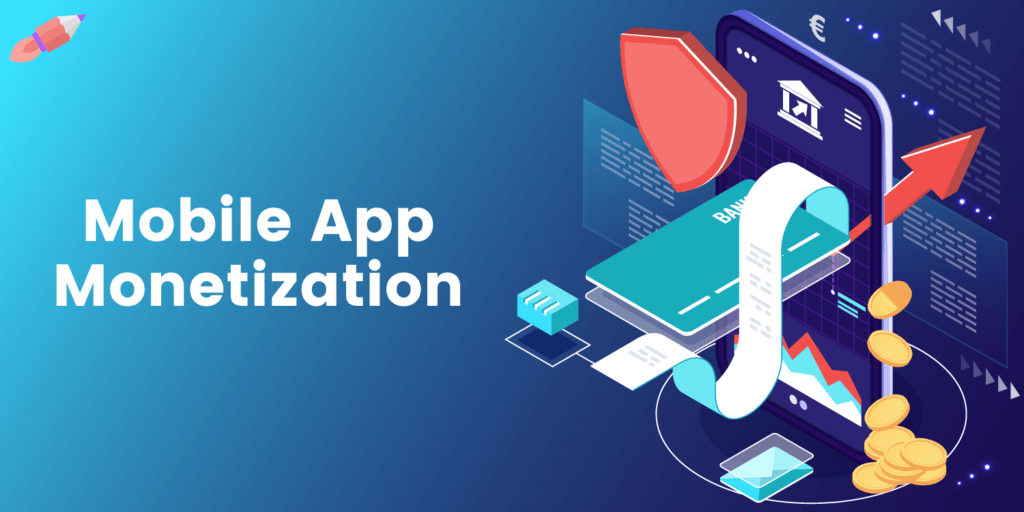Mobile apps have become an integral part of modern life, offering endless possibilities for users and lucrative opportunities for businesses. As a new business owner in the mobile app industry, understanding the various monetization strategies is vital for turning your creation into a profitable venture.
In this blog, we will explore real-world examples of popular applications that utilize freemium models, subscription models, in-app purchasing, and other popular forms of monetization. By examining successful apps, we can learn valuable insights to maximize revenue opportunities for our own mobile app endeavors.
1. Freemium Monetization Model
The freemium model is one of the most widely used mobile app monetization strategies. In this approach, the basic version of the app is offered for free, enticing users to experience its features and functionalities. As users become familiar with the app’s value, they are more likely to upgrade to a premium version or make in-app purchases for additional features or content.
One very popular and incredibly successful example of this is Spotify. Everyone’s favorite music streaming platform.
Spotify, the music streaming giant, exemplifies the freemium model by offering a free version that allows users to access a vast library of music with occasional advertisements. For a premium subscription fee, users can enjoy an ad-free experience, offline listening, and enhanced sound quality. By providing free access to its services, Spotify attracts a massive user base and then converts a significant portion into paying subscribers.

Not only does Spotify apply the freemium model exceedingly well, but it simultaneously attracts its users and holds a firm grasp on loyal customers with its unique features and by integrating new features consistently. You always want to make sure that along with your monetization strategy, you make sure your app has features that will keep on pulling in long-term customers.
One perfect, newly updated example of how Spotify just keeps on giving is their personalized DJ. It uses advanced algorithms to track your preferences and create custom playlists based on them, as well as find new songs that you might like. With its intuitive interface, you can easily control the playlist and volume without having to look away from the screen.

2. Subscription Monetization Model
The subscription model is favored by apps that offer ongoing value or content to users. By charging a recurring fee at regular intervals, businesses can maintain a steady revenue stream while continuously providing updates and new features.
Netflix has enjoyed huge success since its launch in 1997, and it’s all thanks to its subscription model. This model allows Netflix to offer an extensive library of films and series at a low monthly cost for users, who can then access this content in an unlimited capacity. Netflix also provides exclusive content not available anywhere else, which helps to draw in and keep loyal customers.
The beauty of the subscription model is that it makes revenue predictable and creates a consistent source of income for the company. Netflix has been able to closely monitor customer behavior, allowing them to identify trends and make changes quickly, making sure their content is always fresh. This has helped the streaming service maintain its popularity and remain competitive with other streaming services entering the market.

Additionally, Netflix has been successfully able to monetize its platform by introducing features such as “downloads” for when users are offline or need more control over their personal viewing experience. They also offer different plans that satisfy different customers’ needs while providing additional revenue streams for the company.
All these factors have contributed to the immense success that Netflix has seen since its launch over 20 years ago, helping it become one of the most popular entertainment companies today.
3. In-App Purchase Monetization Model
In-app purchasing allows users to buy virtual goods, currencies, or premium content within the app. This strategy works best for gaming apps and apps that offer virtual experiences, allowing users to enhance their interactions.
Candy Crush Saga is a mobile game that utilizes in-app purchases to generate consistent revenue. Players can purchase items like extra lives, power-ups, and boosts from the game store. By offering these items as an additional way to progress in the game, Candy Crush Saga maintains a steady stream of income for its parent company, King. Additionally, these purchases create an incentive for players to keep playing the game; they want to use their purchased items so they don’t feel like they wasted money.

The rewards system also encourages players to make purchases; by completing levels and objectives, players can earn rewards that they can then use towards future purchases.
There are plenty of monetization strategies out there, you just have to make sure to market your app before, during, and after it launches to gather a stable audience. Once you spark awareness, start monetizing your app to the max!
– MoMo



